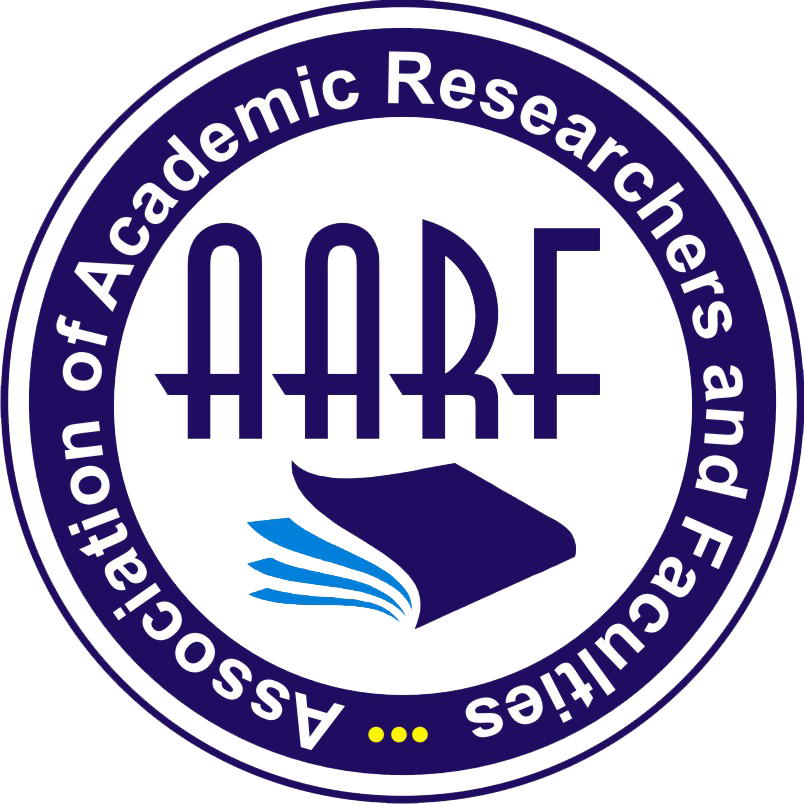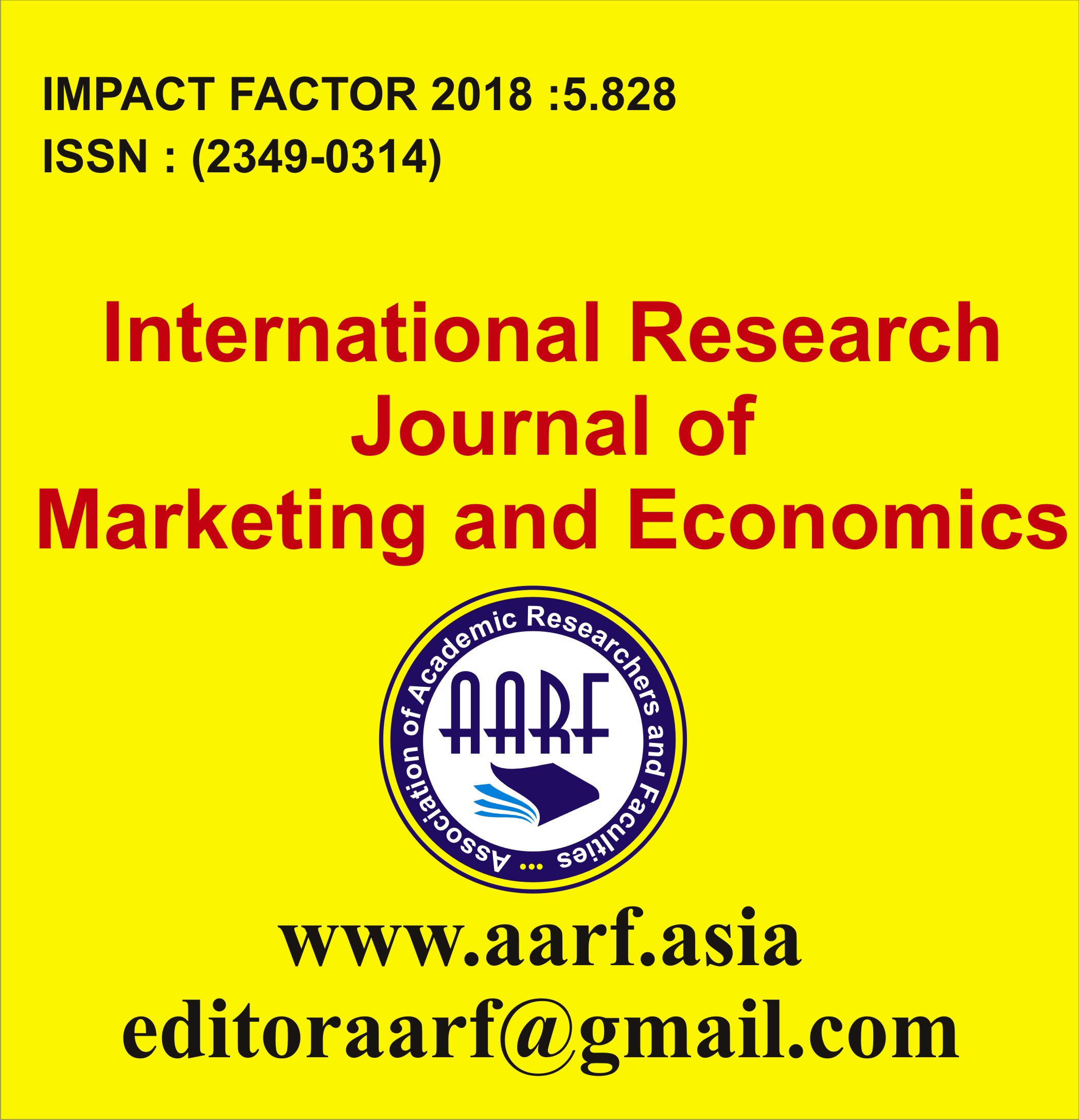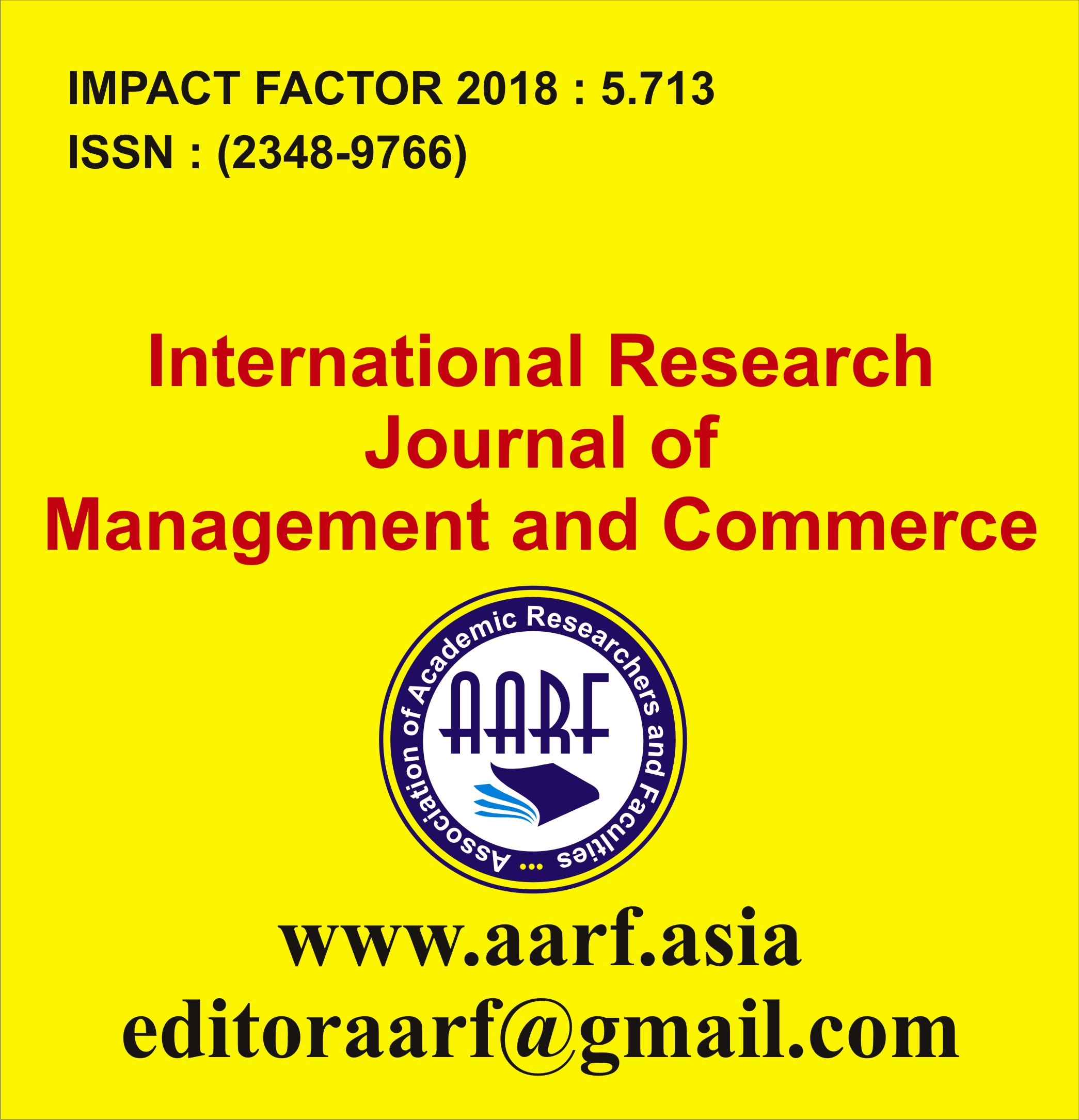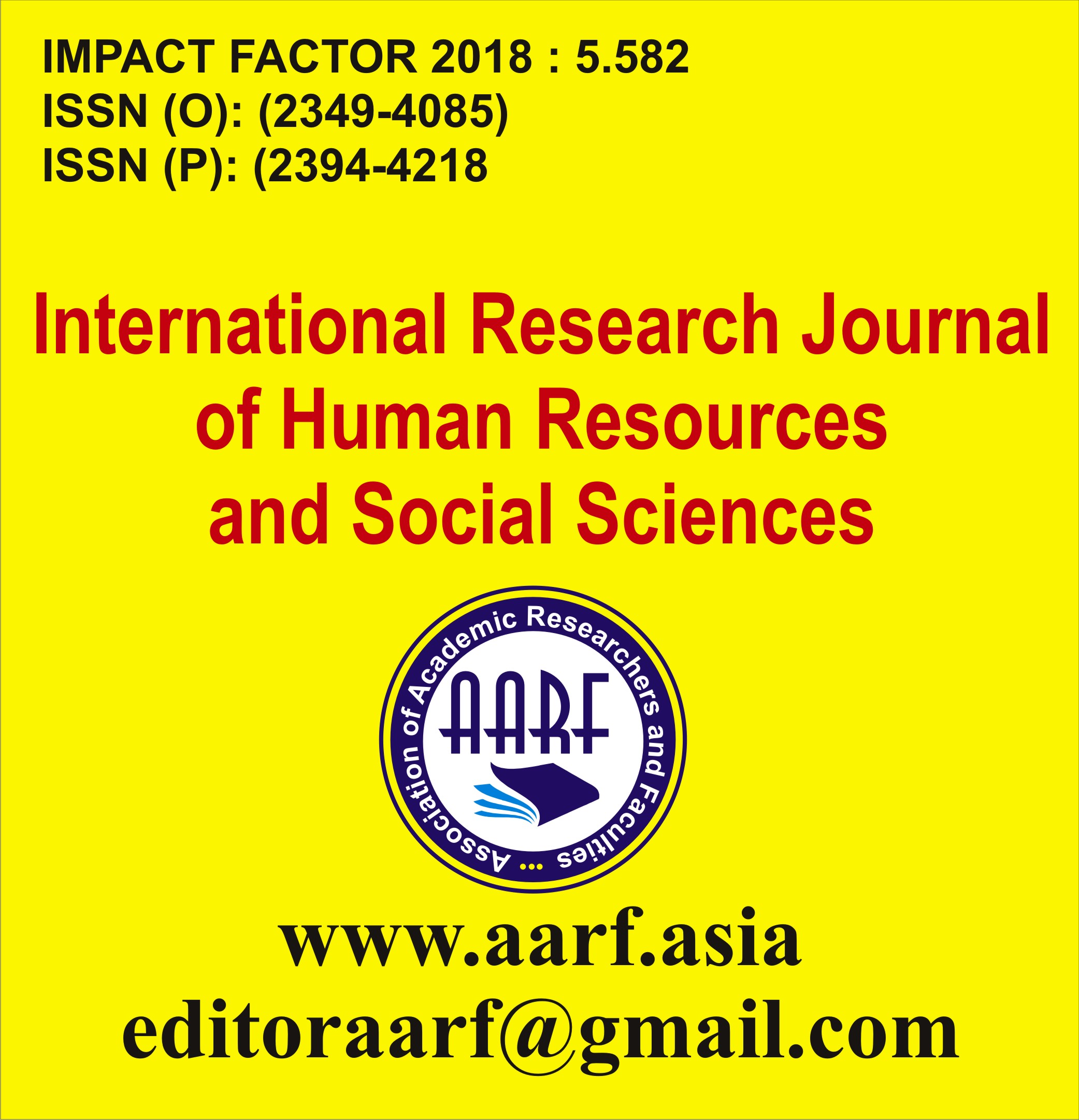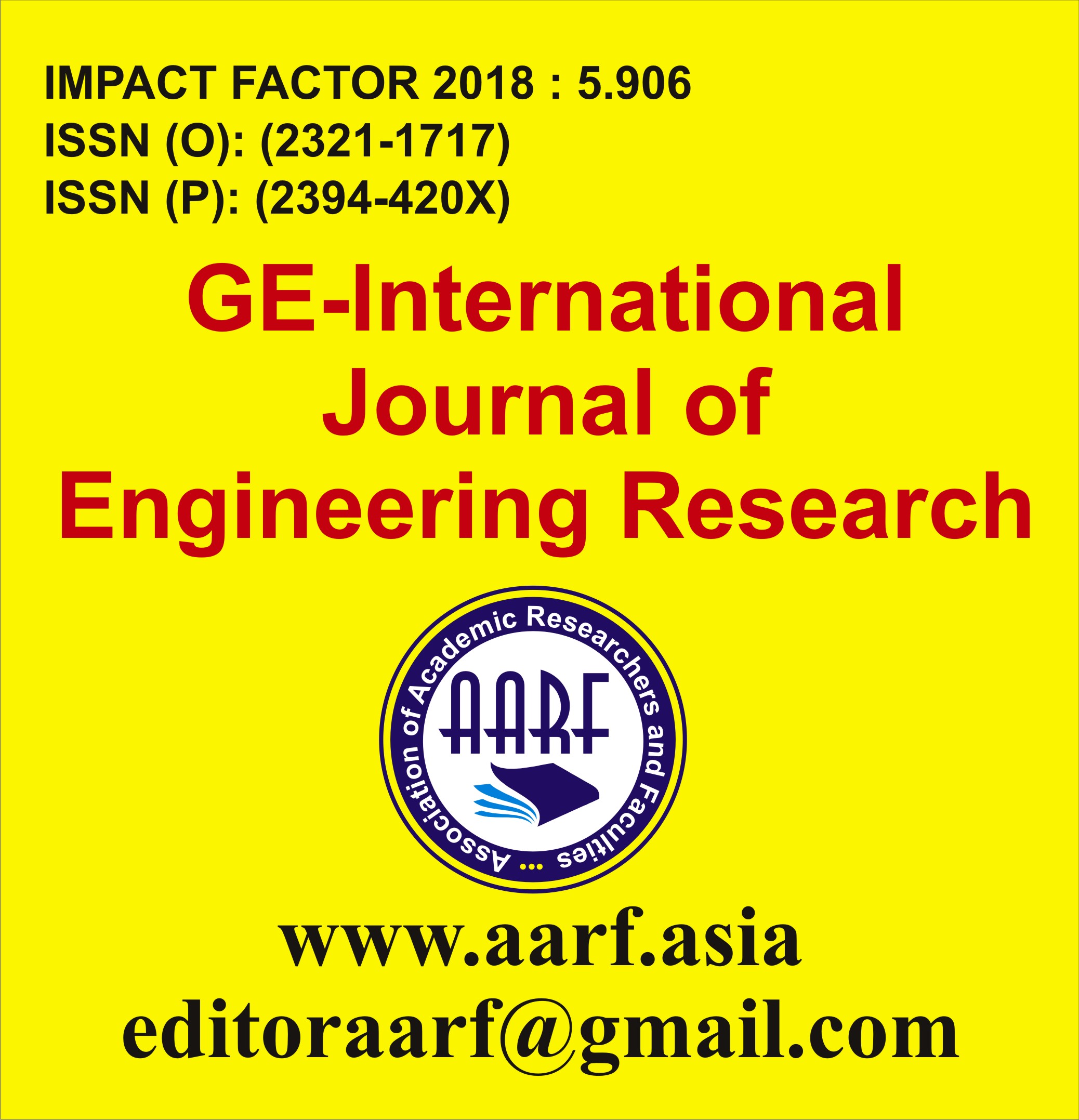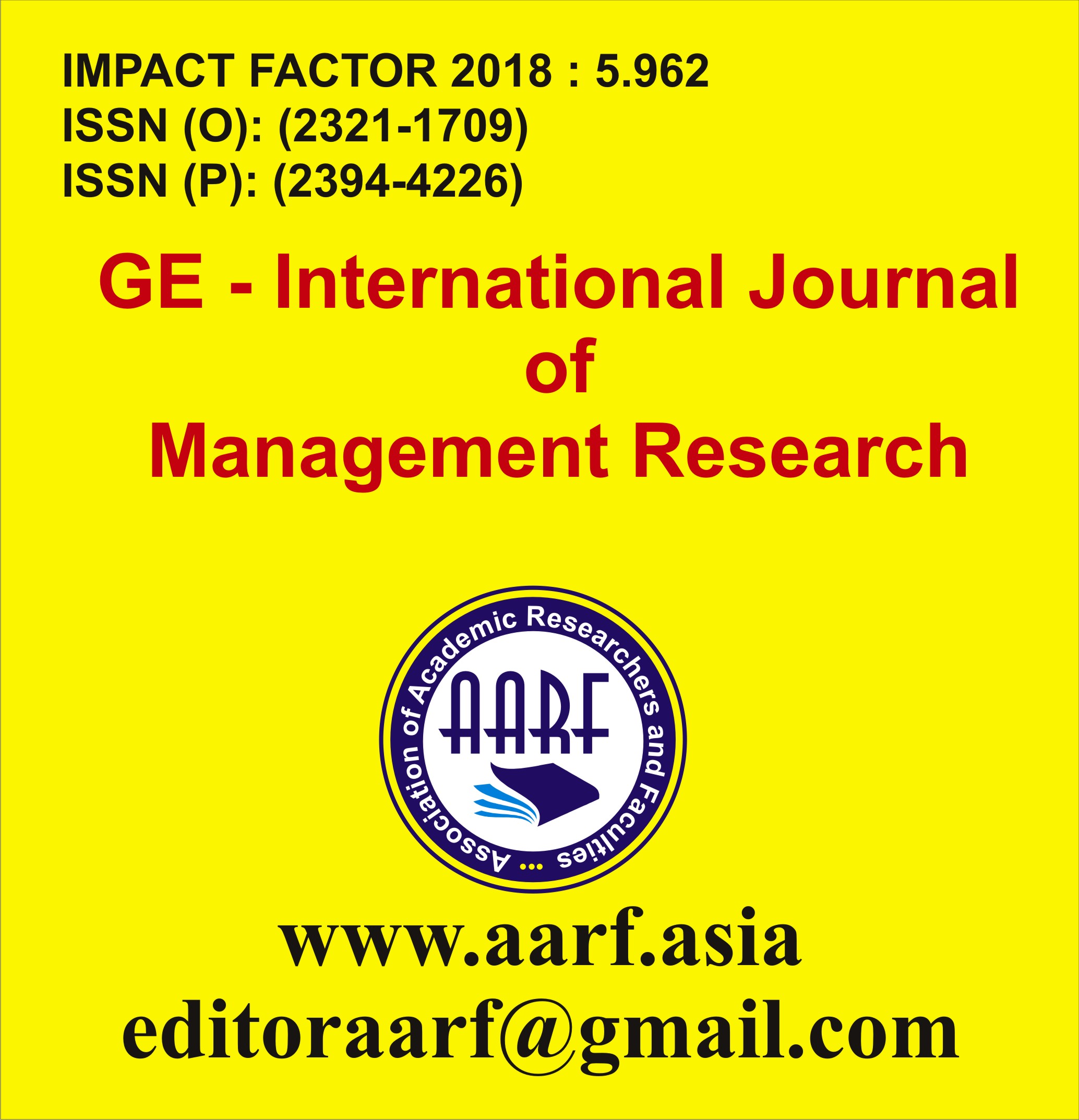
- Current Issue
- Past Issues
- Conference Proceedings
- Submit Manuscript
- Join Our Editorial Team
- Join as a Member

| S.No | Particular | Page No. | |
|---|---|---|---|
| 1 |
Rajdeep KaurAbstract: The present study has been undertaken to study emotional intelligence of adolescents in relation to their well-being. For this study 200 students of 10+1 class of government senior secondary schools of Ludhiana city were taken. |
|
1-9 |
| 2 |
Teshome Tola, Prof. Prasanna SreeAbstract: This study aims at examining factors affecting the development of ESL/EFL writing performance especially students’ writing self-efficacy and writing apprehension. In order to achieve the objective, the sample composed of 336 fist year students of Adama Science and Technology University (Ethiopia) participated in the study. |
|
22-36 |
| 3 |
Joga SinghAbstract: Every human race is unique in its identity and aspires to prosper like the rest of the clans. However, many tribal groups and marginalized ethnic groups face hardships due to cultural relativism. The powerful races subdue them and take over their resources. They are mentally harassed and exploited. They are treated as lesser humans and deprived of most amenities, which has become a worldwide phenomenon. India is also not an exception, and voices have been raised against the oppression and depression of tribal and other minorities. Minorities have been struggling to survive against the hegemony of dominant races. |
|
59-62 |
| 4 |
Madhuri Jagannath DhivareAbstract: One of the great Indo-English novelistsR. K. Narayanwrote many novels and short stories. Out of many stories ‘The Guide’ gave him a name and fame. He gave a birth of imaginary town in Malgudi Days. In his novel he used realistic technique to depict Indian society, traditions, ritual, religious aspect and socio-economic condition of the India. In his writing he strikingly described the problems which are faced by Indian people, family problems, and greed of money, sex, love which may be the reason of their demises. This paper focuses on how R.K. Narayanan showcases the Indian society in his writings. |
|
54-58 |
| 5 |
Dr Pramod Pal SinghAbstract: Social media has undeniably transformed the landscape of Indian democracy. It has emerged as a powerful tool for citizens to engage in political discourse, hold leaders accountable, and mobilize for social change. However, its influence is not without its complexities and challenges. One of the most significant impacts of social media on Indian democracy is its ability to amplify voices and empower marginalized communities. Citizens can now bypass traditional media gatekeepers and directly share their concerns, grievances, and opinions with a wider audience. This has led to increased transparency and accountability in governance, as citizens can easily document and disseminate instances of corruption or misuse of power. Furthermore, social media platforms have facilitated the rise of citizen journalism, allowing individuals to report on local issues and hold local officials accountable. Social media has also played a crucial role in mobilizing social movements and fostering collective action. Platforms like Twitter and Facebook have been instrumental in organizing protests, raising awareness about social issues and mobilizing public opinion on various matters. During elections, social media serves as a valuable tool for voter education and engagement, helping to increase voter turnout and awareness. Political parties and candidates actively utilize social media platforms to connect with voters, disseminate their agendas, and mobilize support. |
|
63-70 |
